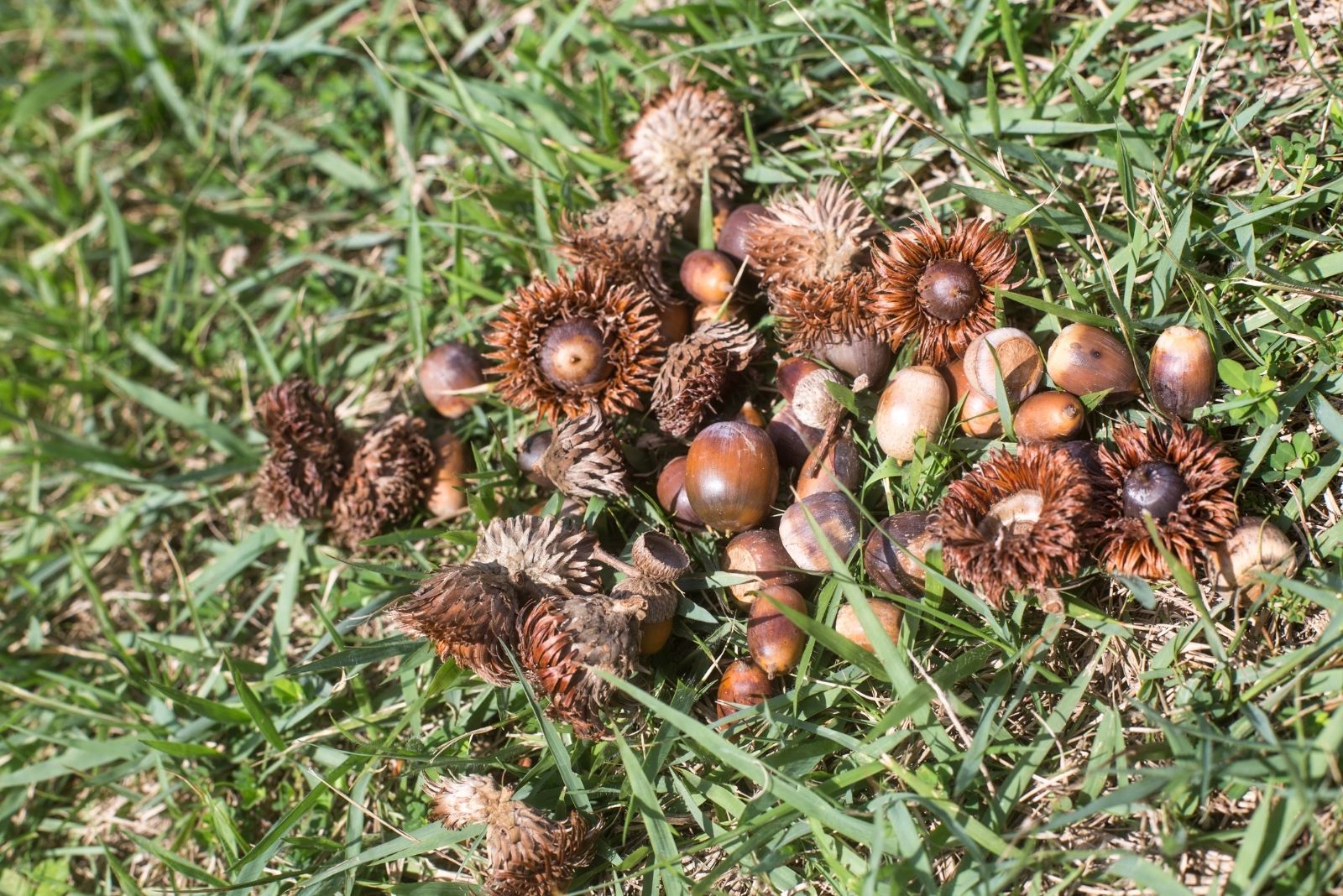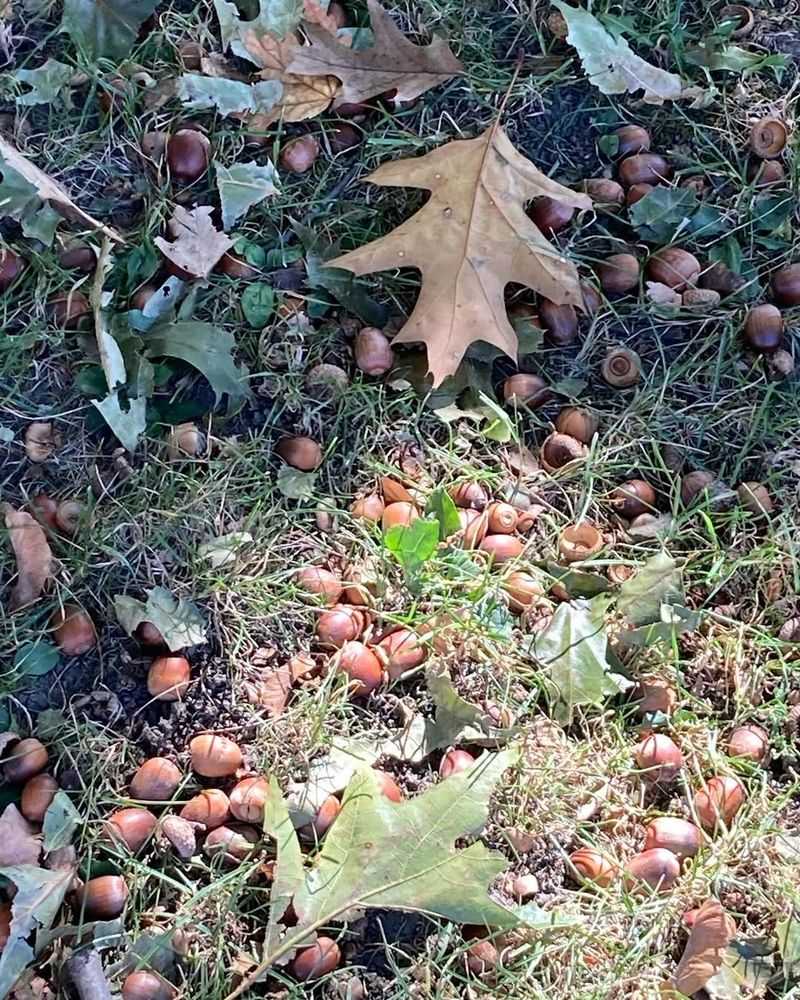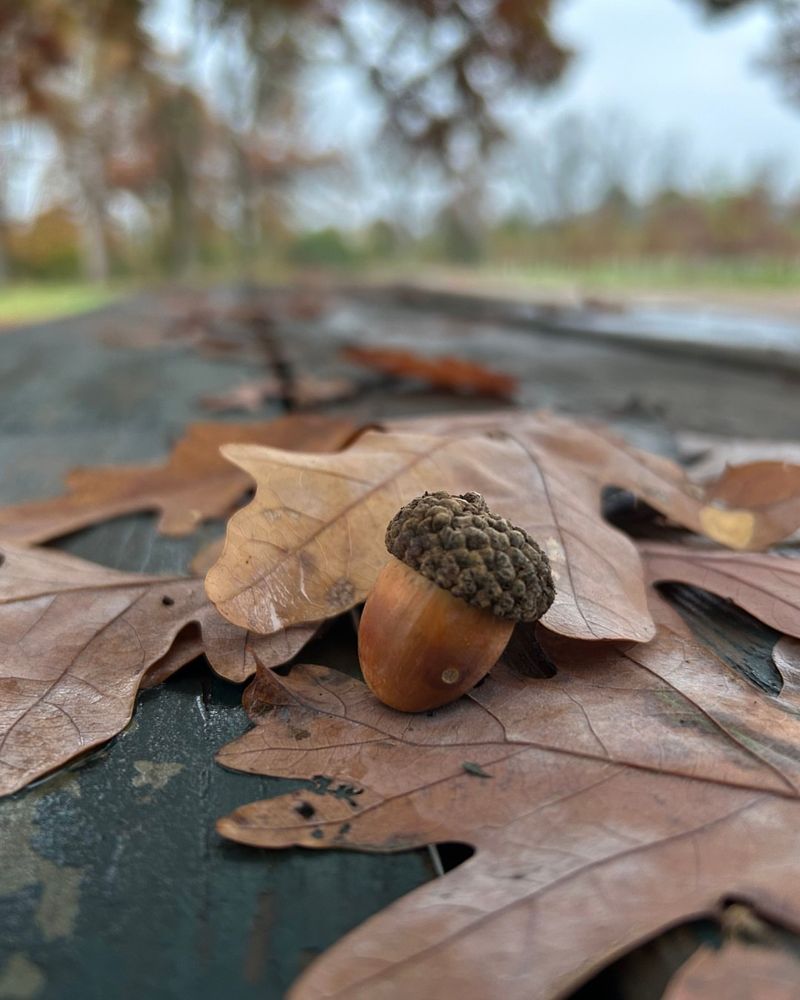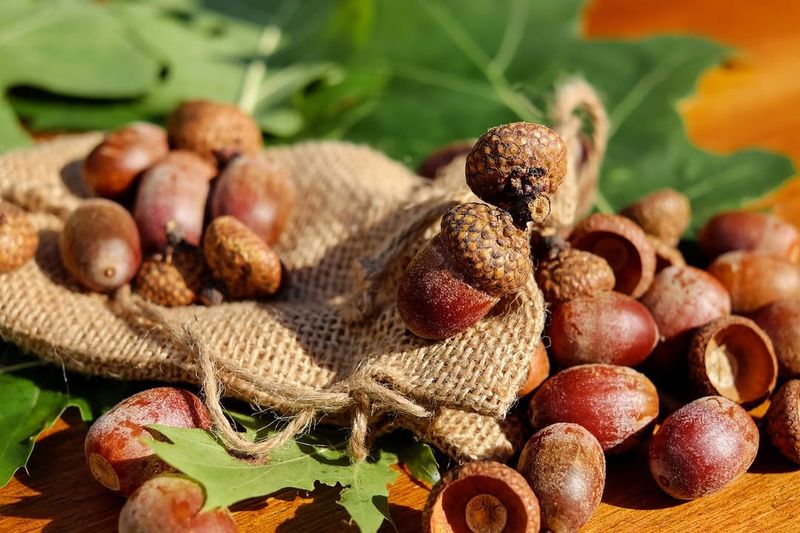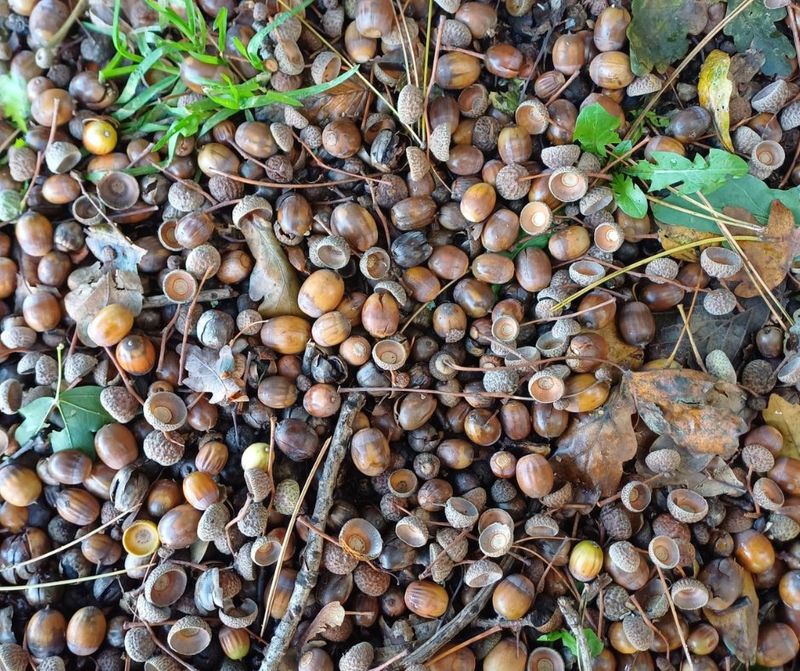Have you stepped outside and found your yard blanketed in acorns this fall? You’re not imagining it—folks all over Washington State are seeing way more than usual.
Sidewalks, driveways, and lawns are littered with them, turning everyday spaces into crunchy carpets. It’s a seasonal shift that’s hard to miss.
I’ve found that this surge ties into nature’s rhythms—oak trees sometimes produce bumper crops in what’s called a “mast year.” It’s their way of ensuring survival and feeding wildlife.
1. Mast Year Phenomenon
Oak trees don’t produce the same amount of acorns every single year. Instead, they follow a natural pattern called a mast year, where they suddenly create massive amounts of nuts all at once.
This survival strategy helps overwhelm squirrels and other animals that eat acorns, ensuring some seeds survive to grow into new trees. When a mast year hits, you’ll see acorns absolutely everywhere, carpeting the ground in thick layers that crunch under your feet.
2. Perfect Weather Conditions
Weather plays a huge role in acorn production. Oak trees need just the right conditions during spring pollination to set a bumper crop. Washington experienced ideal temperatures and rainfall patterns this past spring, creating perfect conditions for oak flowers to get pollinated successfully.
Warm, dry weather during pollination time followed by adequate summer moisture gave the developing acorns everything they needed to mature into the abundance you’re seeing now throughout neighborhoods and parks.
3. Tree Synchronization Mystery
Scientists still puzzle over how oak trees across entire regions produce acorns at the same time. Trees somehow communicate or respond to similar environmental signals, coordinating their seed production.
When one oak tree in your neighborhood goes into overdrive, chances are all the nearby oaks are doing the same thing. This synchronized behavior creates the overwhelming acorn carpet you’re experiencing this year across Washington, from Seattle suburbs to Spokane parks.
4. Energy Storage Cycles
Oak trees spend years storing up energy before they can produce a massive acorn crop. Think of it like saving money in a piggy bank until you have enough for something big.
During low-production years, trees focus on growing stronger roots, thicker trunks, and storing carbohydrates. Once they’ve saved enough energy reserves, they release it all at once in an explosive acorn-making event that leaves your gutters overflowing and your lawn looking like a nut factory exploded.
5. Reduced Pest Pressure
Fewer bugs and diseases attacking oak trees this year meant they could dedicate more resources to making acorns. Insects that normally munch on leaves and sap energy from trees were less active due to weather patterns.
Without constant pest attacks draining their strength, Washington’s oak trees channeled that saved energy directly into acorn production. Healthier trees with undamaged leaves could photosynthesize more efficiently, creating the surplus energy needed for this year’s incredible nut bonanza.
6. Climate Pattern Influences
Larger climate patterns like La Niña or El Niño affect acorn production across entire states. These ocean temperature cycles influence rainfall, temperature swings, and seasonal timing in ways that either help or hurt oak reproduction.
This year’s particular climate pattern aligned perfectly with what oak trees need to go all-out on acorn production. From coastal areas to eastern Washington valleys, the weather worked in harmony with the trees’ natural rhythms, creating widespread abundance.
7. Wildlife Population Impact
When acorn crops were lighter in previous years, many squirrels, deer, and other seed-eating animals struggled to find enough food. Lower animal populations meant fewer acorns got eaten before they could develop.
With fewer mouths competing for resources this spring and summer, more developing acorns survived to maturity. Next year, expect wildlife populations to boom as they feast on this abundance, which will eventually balance things out again in nature’s endless cycle.

